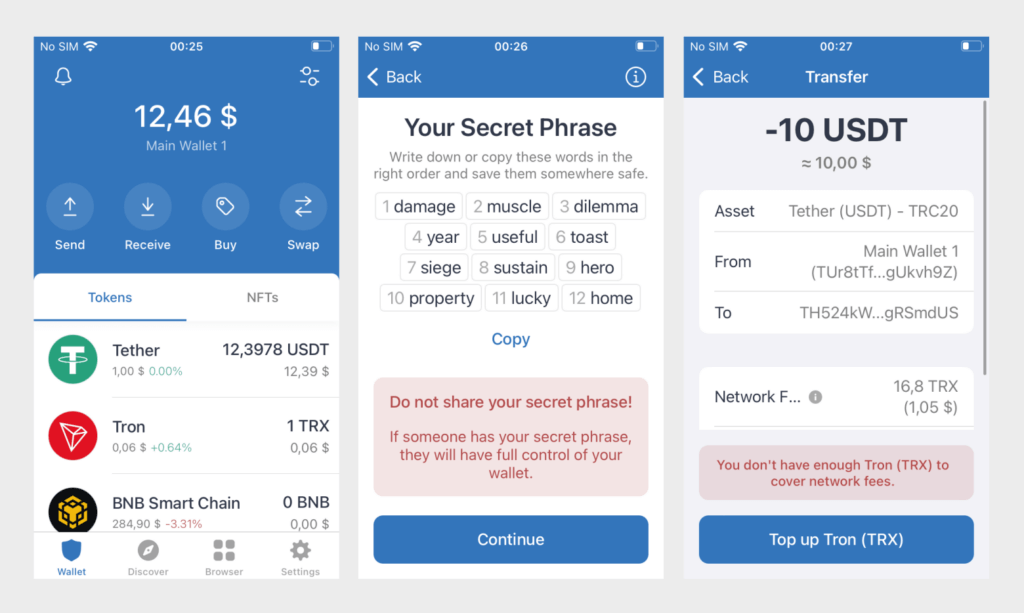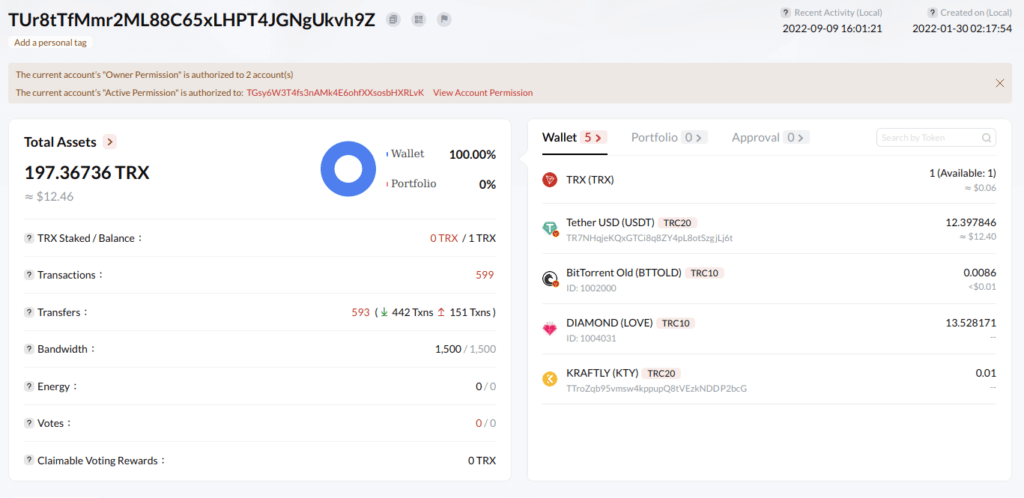An influx of new threats, technologies and business models have emerged in the cybersecurity space as the world shifted to a more remote work model in response to the COVID-19 pandemic. The fact that the technology landscape is constantly changing isn’t a new revelation, but it’s certainly been taken to a new level in the last year. Here, we analyze the emerging threat landscape that’s come as a result and what cybersecurity trends pose the most risk in 2021 and beyond.
1. Ransomware Attacks Are on the Rise
Ransomware is one of the most common threats to any organization’s data security and has continued to increase and evolve in 2021. Ransomware attacks plague organizations with data theft and economic blows due to the costs of recovering from them. In 2020, ransomware attacks were more expensive than the average data breach, costing $4.4 million on average.
While many IT departments and companies rely on Virtual Private Networks (VPNs) to facilitate access to their corporate network, VPNs are proving inadequate. The most common entry vector for ransomware is phishing and organizations should realize these attacks are ramping up significantly and act accordingly.
This leads us to our next trend, Zero-Trust Network Access. ZTNA has emerged as a more secure option than VPNs for controlling remote access to sensitive data and reducing the likelihood of an attack. It is predicted that by 2023, 60% of businesses will phase out of VPNs and transition to ZTNA.
2. Zero-Trust Platforms Quickly Accelerate
The COVID-19 pandemic has accelerated the journey to zero-trust platforms as virtually the world’s entire workforce was shoved outside a defined network perimeter. The zero-trust approach has four principles:
1. No user should be trusted by default since they could be compromised
2. VPN and firewalls can’t do it alone since they just guard the perimeter
3. Identity and device authentication should take place throughout the network rather than just on the perimeter
4. Micro-segmentation helps minimize damage from hackers by creating interior walls
Good zero-trust platforms integrate security functions into nearly invisible tooling so that users have no choice but to operate in a more secure fashion. In the zero-trust model, there is no such thing as a trusted source. The model assumes “would-be attackers” are present both inside and outside the network, which leads us into our next trend – insider threats.
3. Insider Threats Continue to Lurk
As we continue to navigate a remote workforce, insider threats are becoming an elevated area of concern. While it’s easier to believe that all cybersecurity threats come from external factors, organizations shouldn’t ignore the reality — threat actors could very well be lurking within their own company.
Insider threats are users with legitimate access to company assets who use that access, whether maliciously or unintentionally, to cause harm to the business. It’s important to know that insider threats aren’t necessarily current employees. They can also be former employees, contractors or partners who have access to an organization’s systems or sensitive information.
In 2021 and beyond, companies must give more consideration to the possibility of insider threats and data theft at the hands of their own employees. While this can be a difficult pill to swallow, the data doesn’t lie — 15% to 25% of security breach incidents are caused by trusted business partners. Insider threats must be taken seriously and seen as a real risk by security leaders.
4. Use of Multi-Factor Authentication Is High-Priority
While STRONG passwords remain a standard for cybersecurity best practices, more companies are starting to adopt multi-factor authentication (MFA) as an additional defense against data breaches and cyberattacks. MFA involves the use of two or more separate factors in authorizing users to access secure data, forcing people to use more than one device to confirm their identity. An example of MFA in action is having a one-time passcode sent to two or more devices (like your cell phone and personal email).
Cybercriminals are hungry for passwords. An unprotected password can lead cybercriminals straight to your bank account, credit cards or personal websites. From there, they can sell you or your employee’s personal information, gain access to your money and compromise your business’s overall digital security.
For most businesses, the after-effects of a targeted hack or breach can be devastating. So, why not quickly boost the safety of your online accounts with multi-factor authentication?
Unfortunately, multi-factor authentication is not required and often seen as a nuisance. Because of this, many businesses opt-out of the extra security step. Don’t be fooled into believing that creating a longer, more complex password will somehow make you safer online. Verity IT high-recommends multi-factor authentication to every one of their clients!
5. Educating Your Staff Becomes Imperative
Many companies miss the #1 golden opportunity to strengthen their data protection efforts —creating a culture of cybersecurity awareness and education among their entire staff. A threat can’t be avoided if it isn’t recognized and equipping your staff to identify threats on their own can significantly reduce the likelihood of a data breach.
Security Awareness Training empowers your employees with the knowledge and skills to stay cybersecure at work and at home. With hundreds of awareness and training resources and phishing simulations, you’ll have everything you need to prepare employees to detect, report and defeat cybercrime. Ongoing training is and will continue to be essential moving forward and leaders who instill the fact that every role is responsible for understanding cybersecurity risks will find the most success.
Tips for Businesses
Many of the cybersecurity trends that we’ve seen in the last few years have been accelerated by COVID-19 and businesses need to take these risks seriously. Organizations who come to terms with the fact that security is no longer an option will better withstand the cybersecurity challenges they now face.
As companies continue to navigate the new challenges of cybersecurity in 2021, approaching their security strategies with a sense of urgency will separate those who are equipped to reduce overall risk and those who will remain vulnerable to the increasing attacks we face today. Because security threats can come from both inside and outside the network, cybersecurity and compliance are at the top of everyone’s list of key business concerns and challenges. Contact Verity IT to strengthen your security posture today!
Source: https://staysafeonline.org/blog/5-cybersecurity-trends-in-2021/





